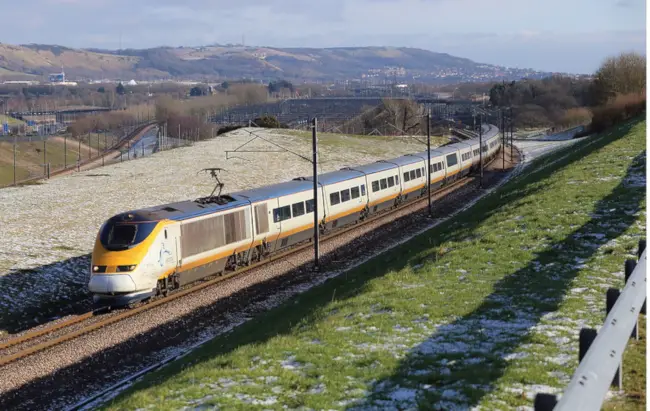
High-speed trains operate primarily through electric propulsion, typically receiving power from overhead wires at voltages around 25 kV 50 Hz, collected via a pantograph. This system allows efficient energy transfer, reducing reliance on fossil fuels[1]. The trains' infrastructure includes specially designed tracks that are straighter and smoother than conventional rails, enabling safe travel at speeds over 155 mph (250 km/h)[2][4].
Additionally, high-speed trains often incorporate advanced technologies such as tilting features to navigate curves better, and may run on a mix of high-speed and conventional tracks, enhancing connectivity between cities[2][6]. Some systems, like Maglev trains, utilize magnetic levitation to eliminate track friction, allowing even higher speeds[3].
Get more accurate answers with Super Pandi, upload files, personalized discovery feed, save searches and contribute to the PandiPedia.
Let's look at alternatives:
- Modify the query.
- Start a new thread.
- Remove sources (if manually added).